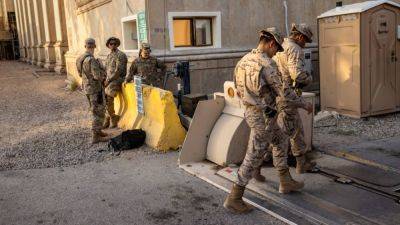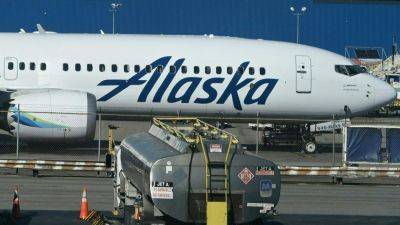Time for Boeing to scrap the 737 Max
The Boeing 737 Max is in the news again, this time because the door plug on a brand new plane came off soon after take-off.
The pilots of the Alaska Airlines flight from Portland, Oregon, managed to return the Max 9 safely to Portland International Airport, but the consequences would have been far more serious had the incident occurred at cruising height a few minutes later.
Alaska Airlines and fellow US carrier United Airlines have also discovered loose hardware and connections on their fleets of 737 Max planes. The US Federal Aviation Administration (FAA) has now grounded 171 Boeing aircraft, mostly operated by Alaska Airlines and United Airlines, pending inspections.
The 737 Max is a series of narrow-body commercial aircraft developed as an upgrade to the highly successful Boeing 737 Next Generation (NG) series. First delivered in 2017, it was designed to be even more fuel efficient and with more power supplied by bigger engines.
It has attracted more demand than Boeing can supply, but has faced significant challenges. Most notable were crashes in Indonesia (2018) and Ethiopia (2019), which were partly caused by technical problems and killed 346 people.
So why have there been all these problems and what can be done?
Design and manufacturing
An investigation following the Indonesia crash revealed issues with an automated flight control system called the Maneuvering Characteristics Augmentation System (MCAS).
This was designed to prevent the 737 Max from stalling, which had been made more likely by its larger engines. Yet the system’s complexity and reliance on a single sensor made it vulnerable to failure.
The MCAS was also involved in the Ethiopian crash, albeit the US safety agency argued pilot errors were the main







